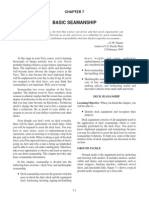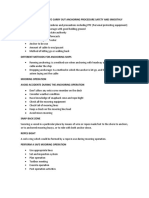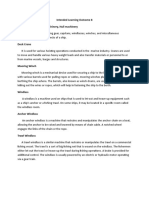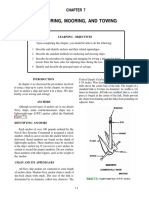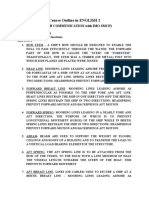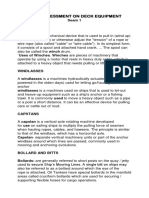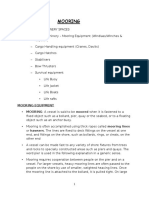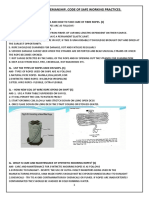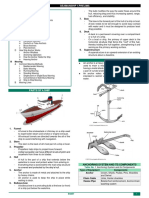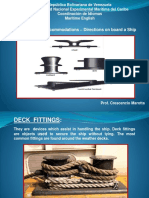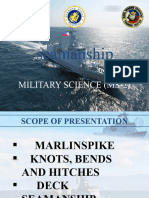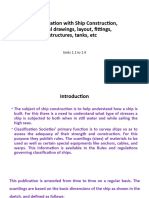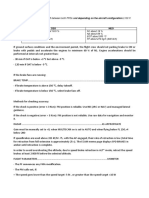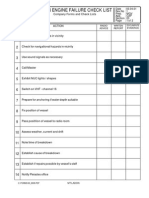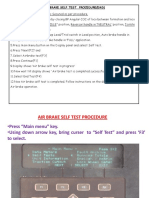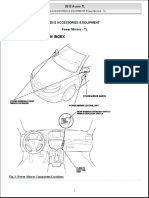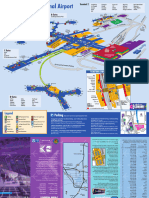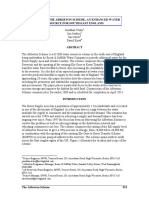0% found this document useful (0 votes)
66 views37 pagesBasic Seamanship
The document provides an overview of various maritime tools and equipment used on ships, including bollards, fairleads, shackles, and windlasses, detailing their functions and applications in mooring, anchoring, and cargo handling. It also describes navigational instruments like compasses, echo sounders, and GPS systems essential for safe navigation at sea. Additionally, safety equipment such as self-igniting lights and EPIRBs is highlighted for emergency situations.
Uploaded by
shoeabbinmonirCopyright
© © All Rights Reserved
We take content rights seriously. If you suspect this is your content, claim it here.
Available Formats
Download as DOCX, PDF, TXT or read online on Scribd
0% found this document useful (0 votes)
66 views37 pagesBasic Seamanship
The document provides an overview of various maritime tools and equipment used on ships, including bollards, fairleads, shackles, and windlasses, detailing their functions and applications in mooring, anchoring, and cargo handling. It also describes navigational instruments like compasses, echo sounders, and GPS systems essential for safe navigation at sea. Additionally, safety equipment such as self-igniting lights and EPIRBs is highlighted for emergency situations.
Uploaded by
shoeabbinmonirCopyright
© © All Rights Reserved
We take content rights seriously. If you suspect this is your content, claim it here.
Available Formats
Download as DOCX, PDF, TXT or read online on Scribd
/ 37






